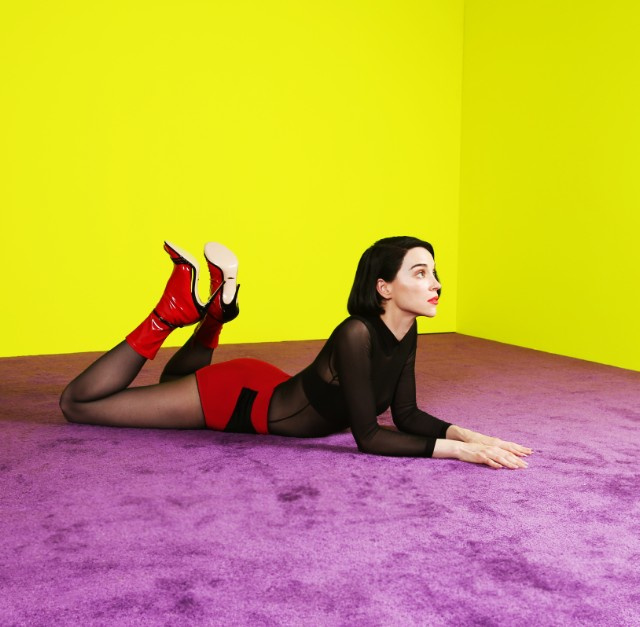
Costume design by Emily Batson. Shot by Neda Afsari for St. Vincent's 2017 album, Masseduction. Image via Emily Batson.
This interview is part of an ongoing Design Observer series, Chain Letters, in which we ask leading design minds a few burning questions—and so do their peers, for a year-long conversation about the state of the industry.
It‘s June, and you know what that means—the unofficial kick-off of summer concert season. This month, we examine design and music, and why fans everywhere benefit when these creative industries work in concert.
Emily Batson was born and raised in the California Bay Area. Emily believes stories, actions, and clothes have the power to transform and inspire. In addition to costume design for film, her most recent custom styling work for the artist St. Vincent has been featured on billboards in Time Square, Rolling Stone, The Ellen Show, and on stages around the world. She currently lives and works in Budapest, Hungary while costume designing the Amazon TV series HANNA.
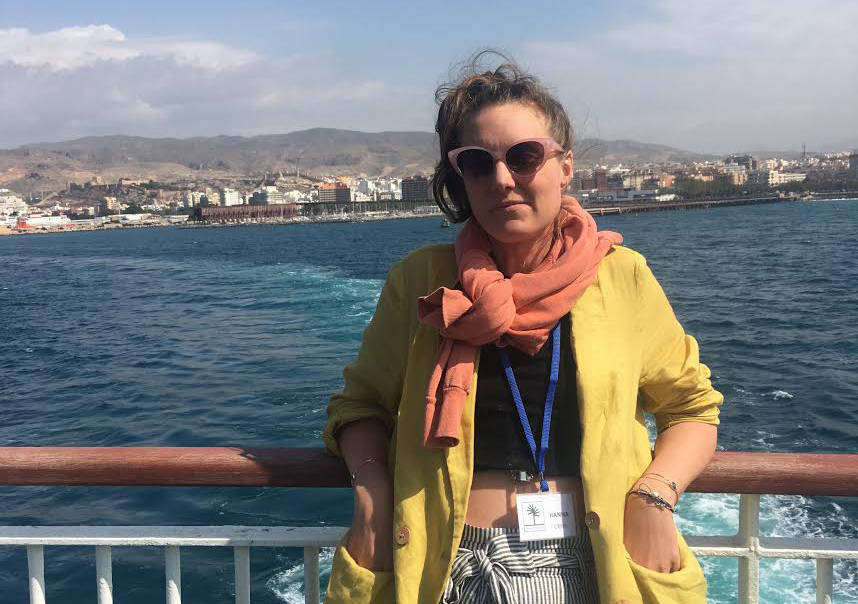
Emily Batson.
First and foremost, music is an auditory experience. How do you assess the role visuals play in building the listener’s relationship with your client?
Styling St. Vincent’s Masseduction album art was a rare opportunity to create a new look for an artist that both maintained and evolved the way her fan base related to her. It says a lot about an artist when their fans are willing to roll with those musical and stylistic changes. Just as her music has progressed, so have her aesthetics.
David Bowie was a great source of inspiration when we started this process. He was the master of trying on different personas as a means of creative expression. For this album, our costumes played a lot with what it meant to be powerful, subversive, and sexy as a woman. We also aimed to create looks that would remain iconic and stand the test of time.
Everyone on the creative team was really clear on our aesthetic, and that made all the imagery and costumes adaptable for album packaging, press images, or projections in the live show. I think you could effectively pull a still from the video or turn a still shot into video and they’d have an equally powerful effect. It’s been fun to see how and where St. Vincent chose to incorporate this work.
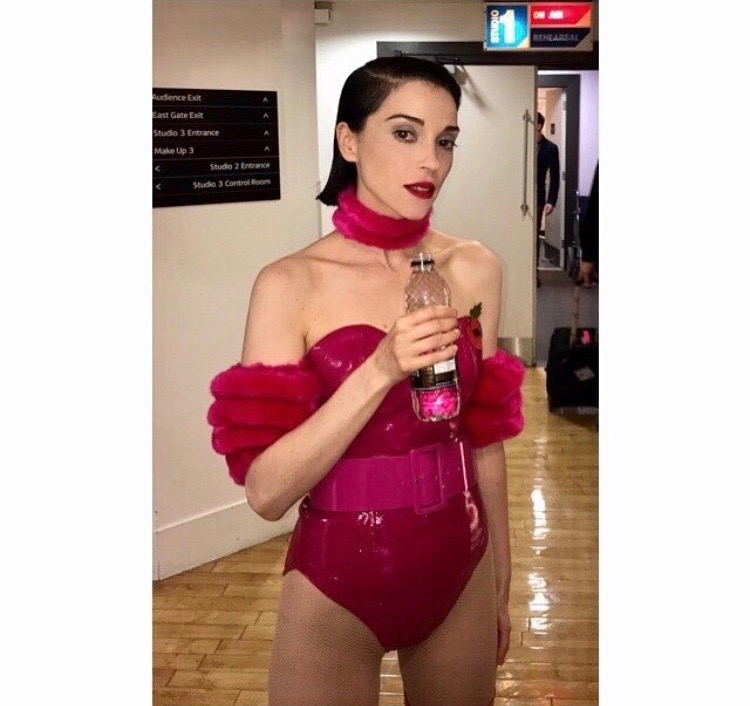
“St. Vincent backstage at the Graham Norton show wearing a custom patent leather costume designed by me. Seeing her sit on a sofa beside Johnny Depp, Judy Dench, and the guy who played the snowman in Frozen in this outfit was one of the more surreal moments of my design career.” Image courtesy Emily Batson.
The subsequent Fear the Future Tour was an extension of the look we developed for the album. Annie Clark’s (St. Vincent's) concept for the tour was a theatrical two-act show that involved nothing but herself, her custom guitars, and the epic visual projections we created during her video shoots. We shot some of this stuff in conjunction with the album art and some separately. The goal was to create a body of work that could be used in various forms and outlets.
It was a brave and effective choice to reduce her performance to both an intimate and epic experience. For the tour, we created superhero-esque costumes. To see her onstage, at times both vulnerable and powerful, in a pink patent leather bunny suit and thigh-high boots while endless variations of herself were projected on-screen behind her, was totally inspiring. It further cemented her status as an artist who’s constant evolution will always be worth watching.
Our costumes played a lot with what it meant to be powerful, subversive, and sexy as a woman; that would stand the test of time.
There is as much written about the death of the music industry as there is about the death of print, yet neither is gone. What parallels do you see, or what differences are there?
There’s a lot of talk of there being “no money left,” but I imagine there’s somebody at the top who still makes a ton of cash. A lot of industries where creative people once made a decent living—these ones included—were hit hard during the recession and never totally recovered.
Even though I see the reduction of disposable products as a good thing, I don’t think the visceral experience of flipping through a magazine or placing a record on a turntable can be digitally replaced. People will always crave a tactile experience.
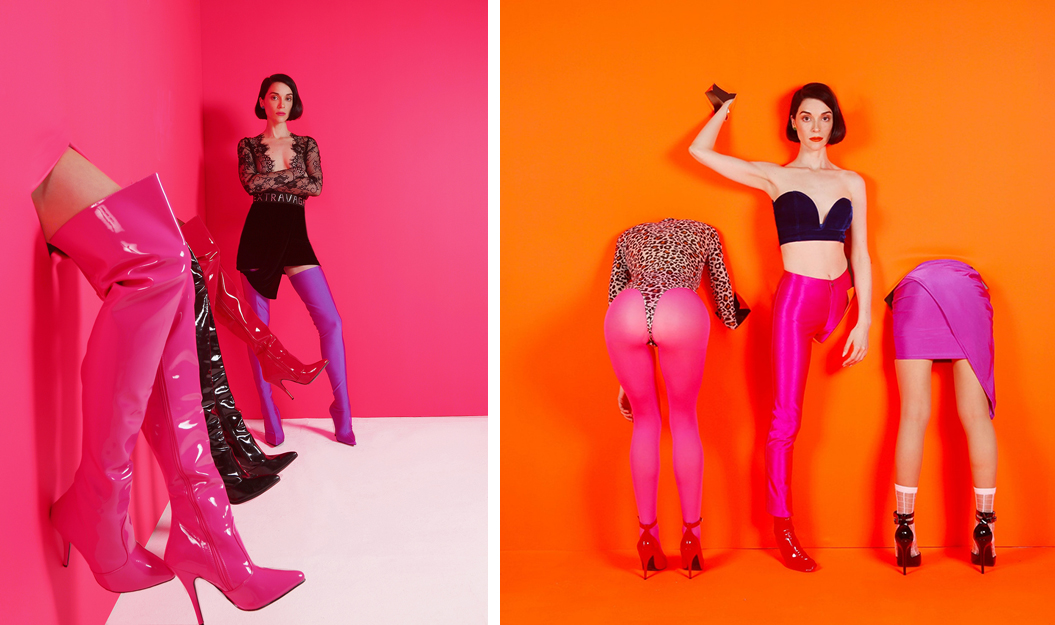
Costume design by Emily Batson. Shot by Neda Afsari for St. Vincent's 2017 album, Masseduction. LEFT: Image via Clash Music. RIGHT: Image via Emily Batson.
‘Zine culture was very influential to the visuals of independent music in the 1980s and 90s. Is there fan-created content that influences you today?
Instagram is an undeniable creative influence. I find myself most interested by the content of young creatives who use Instagram as a platform to sidestep the elitism of the art, music, and fashion industry. If I made a ‘zine in the ‘90’s, I was lucky if twenty or thirty people saw it. Instagram gives young people access to the industry and a creative agency that blows my mind.

Costume designed by Batson on stage during the St. Vincent 2018 “Fear the Future” tour. Image via AXS.
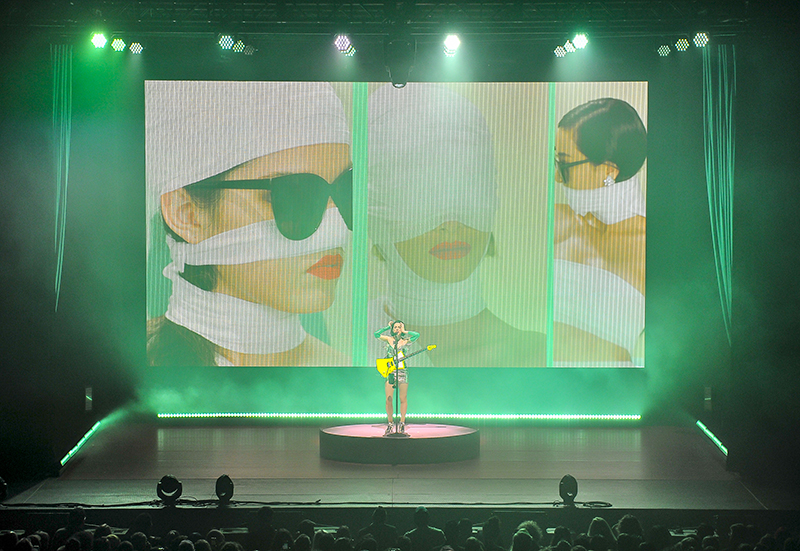
St. Vincent on stage during the 2018 “Fear the Future” tour. Costume design by Emily Batson; Creative Direction/Scenic Design by Willo Perron & Associates; Lighting/Production design by Jesse Blevins. Photo by Steve Jennings via PSLN.
Does music’s ongoing evolution into the digital present a visual opportunity or a design challenge? What’s missing, visually, in today’s music experience?
I miss the days of buying a record or even a CD and poring over the liner notes. Examining the photos. Taping the poster to my bedroom wall. Diving into the fantasy. In those days there was more power and space to be captivated by an album as a singular work of art. Solange and Kendrick Lamar are two artists that I feel find ways to create a cohesive aesthetic vision that extends to encompass their album, live performance, and music videos. That said, as a species, we are designed to evolve. Every challenge has to be viewed as an opportunity, and while I may miss elements of the past, my role is to find ways to integrate the old things that I value with the new ways that are emerging.
If video killed the radio star, what did streaming services kill?
Streaming killed the attention span. Listening to an album from start to finish is rare these days.
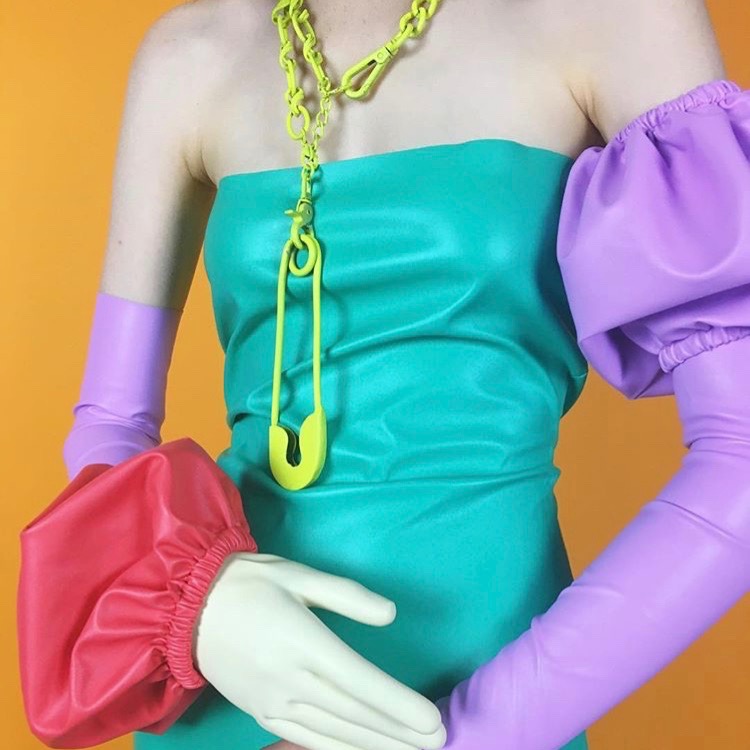
”Detail shot from a series of custom garments I created.” Shot by Pamela Neal for The September Issues, a fashion and art magazine made entirely by women. Image courtesy Emily Batson.
From Frank Ockenfels III: Have you ever designed something and it just went too far? That you saw and that the St. Vincent team couldn’t see?
I’ve definitely had the experience of being edited and creatively shut down in work experiences. In retrospect, that sometimes proved to be ok. Other times it was a major disappointment. A key part of my job is collaboration. I like feedback. I enjoy the negotiation of finding a concept that truly works. When I’ve collaborated with St. Vincent I always felt that I was trusted implicitly. It’s a lovely and sometimes scary way to work, because there’s so much freedom. I spent a lot of time refining my ideas and following my intuition. Luckily—almost always—the things I’ve been most inspired by have worked out. This is the sign of a good creative partnership.
A key part of my job is collaboration. I enjoy the negotiation of finding a concept that truly works.
Next week: Emily asks Paul Moore, creative director at Capitol Records: As a creative person, do your personal philosophies and values influence the projects you work on? What do you think is the role of creative influencers in our world’s current political state?

